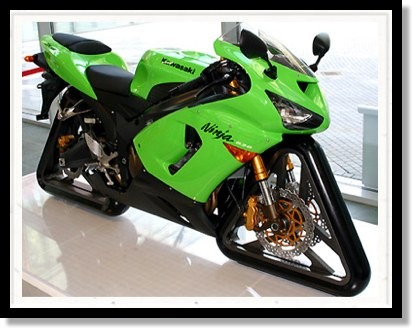Kawasaki Disease
Kawasaki’s Disease (KD) is a condition that is often thought of while “pimping” students, but in clinical practice it is often quickly disregarded. Unfortunately, KD is the leading cause of acquired heart disease in children in the developed world (surpassing Rheumatic Fever) and deserves more attention.
- The diagnosis is a clinical one… but a difficult one to make [3].
- It truly requires you to play the role of a medical sleuth as there is no single pathognomonic feature.
- Criteria: 5 days of fever PLUS 4 or 5 clinical features [rash, oral mucosal changes, bilateral conjunctivitis, edema or erythema of hands/feet (later peeling of fingers/toes), and cervical lymphadenopathy].
- These characteristics do not have to be present concurrently!
- There are many other entities that appear like KD and it is commonly confused with:
- Scarlet Fever
- Lymphadenitis
- Viral Infections (Adenovirus, Enterovirus, EBV, Measles)
- Juvenile Rheumatoid Arthritis, Toxic Synovitis, Septic Arthritis
- Stephens Johnson Syndrome, Staph Scalded Skin, Toxic Shock Syndrome
- Drug Hypersensitivity
- When entertaining any one of these other entities, make sure you consider KD also.
- Unfortunately, there are no lab values that are diagnostic; however, they can strengthen your clinical suspicion.
- CRP and ESR are usually elevated. Thrombocytosis is also common after 1 week of illness.
- 33% will have sterile pyuria (be careful what you call a UTI)
- Mildly-Moderately elevated LFTs (it is a systemic vasculitis)
- 50% of those who have an LP will have a CSF pleocytosis (does that irritable kid have meningitis or KD?)
- CRP and ESR are usually elevated. Thrombocytosis is also common after 1 week of illness.
- More unfortunate is the fact that the coronary artery complications can occur even when the full criteria for KD are not met – Incomplete Kawasaki Disease(not Atypical).
- Consider Incomplete KD in any child with prolonged fever PLUS 2 or 3 of the characteristic features.
- If entertaining the diagnosis, obtain ESR/CRP. If Abnormal proceed with the evaluation which will include a cardiac Echo to evaluate the coronary arteries (See Newburger for a nice guideline).
- Keep a lower threshold for obtaining an Echo in children who are 6 months of age or less (higher likelihood for developing coronary artery aneurysms), fever > 6 days, evidence of systemic inflammation, or no other explanation for the fever.
Newburger, JW. Diagnosis, Treatment, and Long-Term Management of Kawasaki Disease. Circulation. 2004;110:2747-2771.



[…] Peds EM Morsels – Kawasaki Basics […]
[…] needs specific consideration is Kawasaki Disease. We have discussed Kawasaki Disease in the past (see Morsel), but this time let us focus on the aspects that may lead to a Delayed Diagnosis of Kawasaki […]
[…] become look similar to other conditions like Kawasaki or thrombocytopenic purpura.[Biggs, […]
[…] 1 http://pedemmorsels.com/kawasaki-disease/ […]
[…] Has numerous causes of False positives (ex, Strep infection, Kawasaki’s Disease). […]
[…] may be very few “rash emergencies,” there are several significant conditions to ponder (ex, Kawasaki, ITP, HUS) as well as less concerning ones (ex, Molluscum). Additionally, before you dismiss the […]
[…] – Kawasaki Disease, Rheumatic […]
[…] in kids with possible complicating coronary aneurysms. PEDemmorsals discusses this well – Link – Another source is AFP 2013 – Kawasaki disease – […]
I like the links at the top of the page or within the review because they encourage me to read more. Thanks for taking the time to do this.